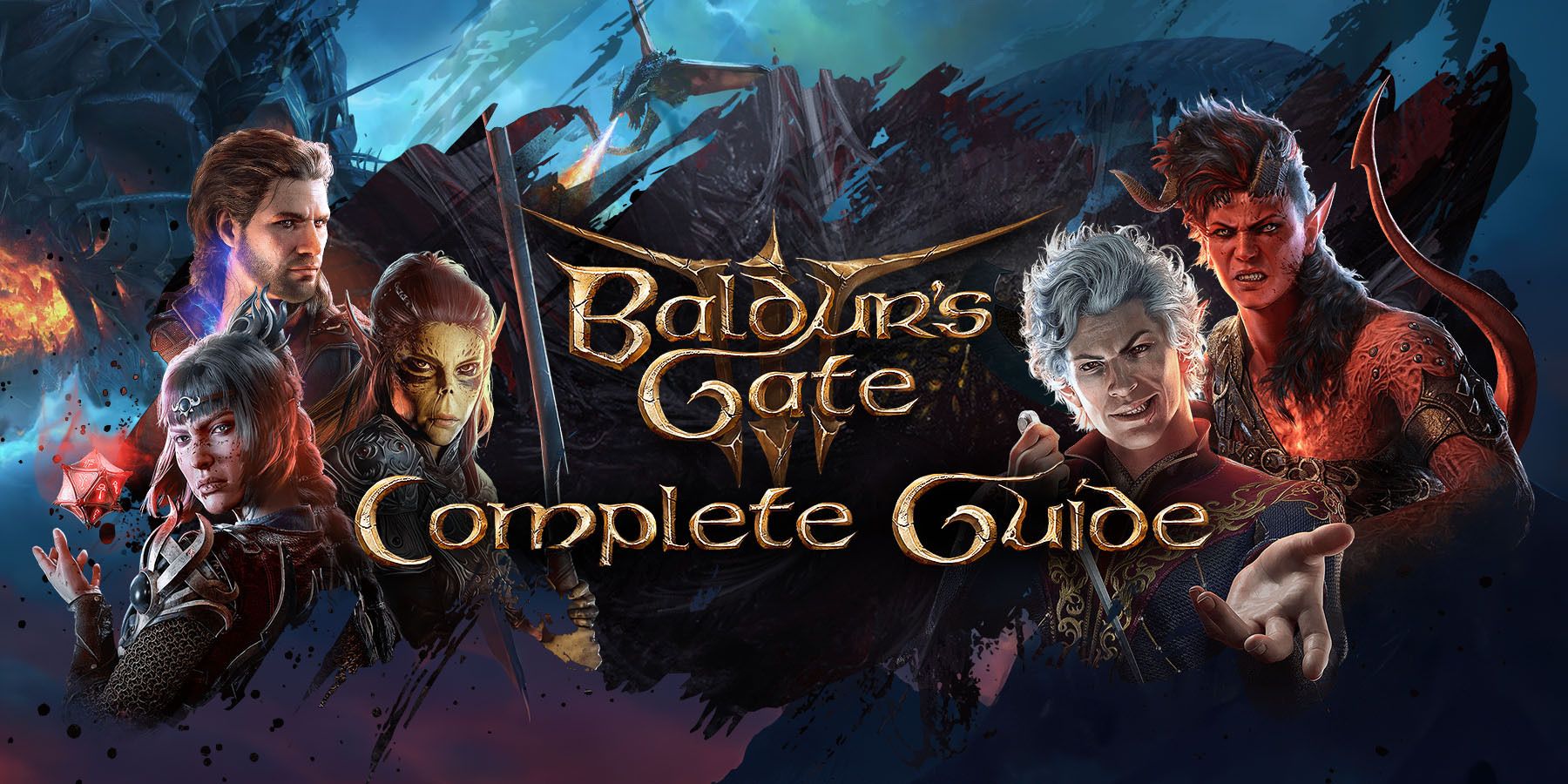
Baldur’s Gate 3: A Comprehensive Guide to the Complexities of Faerûn
Introduction
Baldur’s Gate 3, the highly-anticipated sequel to the legendary Baldur’s Gate series, has captivated gamers with its intricate world, captivating story, and complex characters. Navigating the vast world of Faerûn can be overwhelming for new players, so we present a comprehensive guide to unraveling the complexities of Baldur’s Gate 3.
Understanding Faerûn’s History and Lore
Faerûn is a rich tapestry of history and lore that shapes the world of Baldur’s Gate 3. From the ancient Netherese Empire to the rise and fall of empires, understanding the past events is crucial for immersing yourself in the game’s narrative. Key historical figures and notable factions play pivotal roles, influencing the present political landscape and the conflicts that arise.
Navigating Classes and Character Creation
Baldur’s Gate 3 offers a diverse array of classes, each with unique abilities and playstyles. Understanding the strengths and weaknesses of each class is essential for optimizing party composition and strategic combat. Players must carefully consider their choices during character creation, as it greatly impacts the game’s difficulty and overall experience. Factors such as race, background, and alignment influence skill proficiencies, saving throws, and dialogue options.
Unraveling the Intricate Combat System
Combat in Baldur’s Gate 3 is a dynamic and challenging experience. The “Advantage and Disadvantage” system introduces an element of randomness, making it crucial to maximize your chances of success. Positioning and range play a vital role, as different weapons and spells have varying attack radii. Understanding the mechanics of turn-based combat, including the action economy, spellcasting, and status effects, is essential for overcoming the game’s formidable encounters.
Exploration and Interaction
Faerûn is a vast and treacherous world, filled with hidden secrets and compelling interactions. Exploration and dialogue are integral parts of Baldur’s Gate 3, allowing players to uncover lore, forge alliances, and resolve conflicts peacefully or through force. The choices made during dialogue have far-reaching consequences, shaping the story and relationships with other characters.
Companions and Romance Options
Throughout your journey, you will encounter a cast of memorable companions, each with their own unique backstory, motivations, and opinions. Building relationships with these companions unlocks new dialogue options, special abilities, and the possibility of romantic entanglements. The choices made in these relationships can significantly impact the narrative and the game’s ending.
Data Points and Real-Life Examples
To illustrate the complexities of Baldur’s Gate 3, consider the following examples:
- Lore and History: The history of Netheril’s ancient floating cities and the rise of the Bhaalspawn provide rich context for the current conflicts and motivations of characters.
- Class and Character Creation: The choice between a Sorcerer and a Wizard, for instance, determines the character’s spellcasting abilities and the types of magic available to them.
- Combat Mechanics: The “Advantage and Disadvantage” system introduces an element of unpredictability, making combat a balanced mix of strategy and luck.
- Exploration and Interaction: Uncovering the hidden secrets of the Underdark or forging a peaceful alliance with the Githyanki shows the depth and variety of options available to players.
- Companions and Romance Options: The complex relationship with the Tiefling companion Astarion, where player choices can lead to romance or betrayal, highlights the emotional depth of the companion system.
Future Developments and Implications
Baldur’s Gate 3 is still in early access, and many new features and content are expected to be added in the future. These updates may introduce new classes, companions, and narrative arcs, further enriching the game’s complexity. The future of Baldur’s Gate 3 is promising, with the potential to become a truly epic RPG experience.
Conclusion
Baldur’s Gate 3 is a testament to the depth and complexity that can be achieved in the RPG genre. Navigating the world of Faerûn requires a deep understanding of the game’s systems, lore, and characters. With its intricate combat, engaging narrative, and dynamic relationships, Baldur’s Gate 3 offers countless hours of exploration, discovery, and replayability. As the game continues to develop, it is poised to become one of the defining RPGs of this generation.
